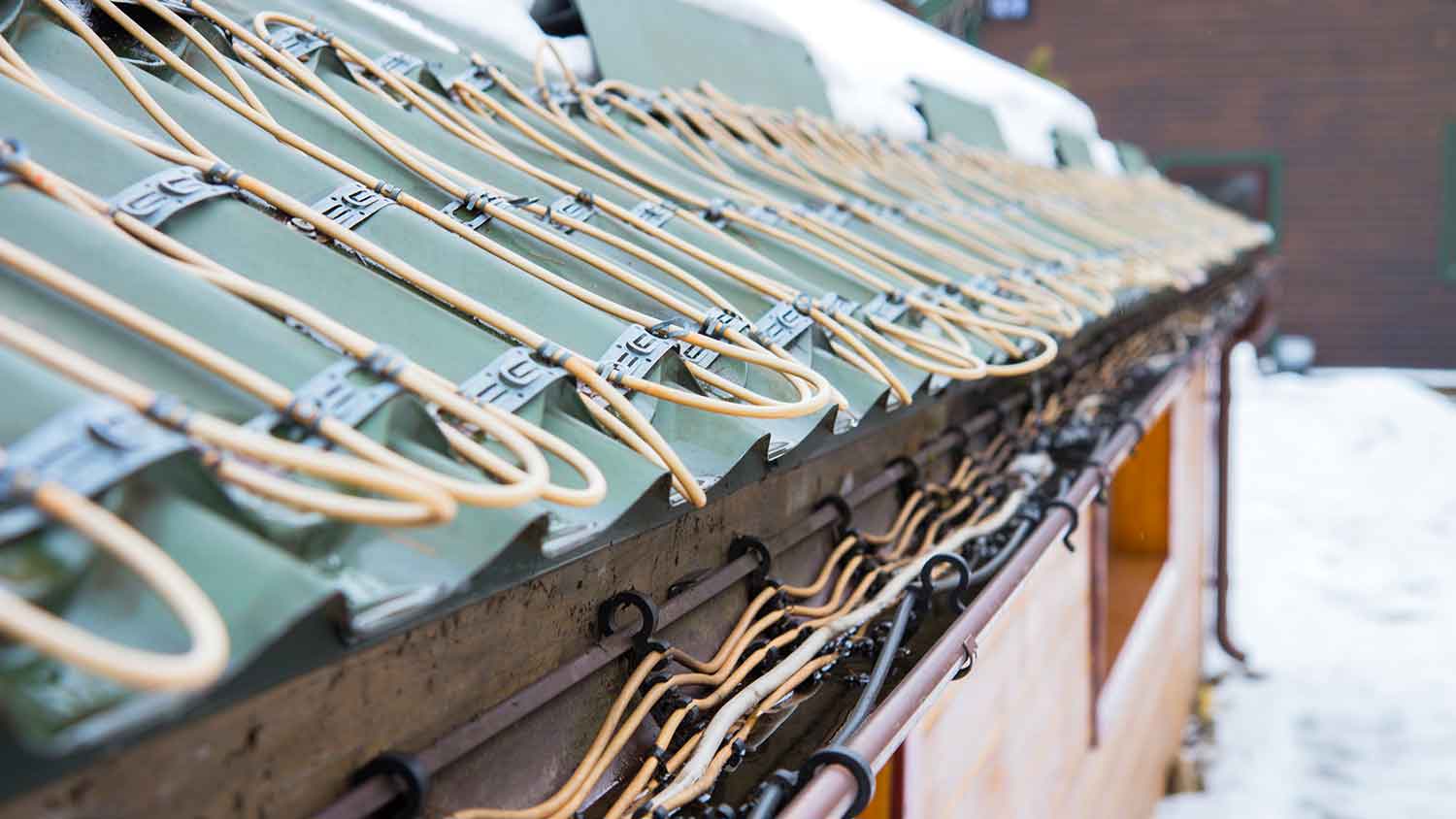
Get matched with top roof ice and snow removal pros in Lucerne, CA
Enter your zip and get matched with up to 5 pros
Need a pro for your roof ice and snow removal project in Lucerne, CA?
Verified Reviews for Roof Ice And Snow Removal pros in Lucerne, CA
*The Angi rating for Roof Ice And Snow Removal companies in Lucerne, CA is a rating based on verified reviews from our community of homeowners who have used these pros to meet their Roof Ice And Snow Removal needs.
*The HomeAdvisor rating for Roof Ice And Snow Removal companies in Lucerne, CA is a rating based on verified reviews from our community of homeowners who have used these pros to meet their Roof Ice And Snow Removal needs.
Last update on December 12, 2025
Find Roof ice and snow removal pros in Lucerne
SW Construction
SW Construction
General Contracting Company in Mammoth Lakes and the surrounding areas
General Contracting Company in Mammoth Lakes and the surrounding areas
Sub-Contracting
furlano construction
furlano construction
All remodels custom homes and much more
All remodels custom homes and much more
Bishop Construction
Bishop Construction
Bishop Construction is a full service construction company from concept to completion. I can help you every step of the way. I insist on the highest quality of construction and I am familiar with new cutting edge techniques and materials. I specialize in custom homes but I am experienced in all area's of construction.
Bishop Construction is a full service construction company from concept to completion. I can help you every step of the way. I insist on the highest quality of construction and I am familiar with new cutting edge techniques and materials. I specialize in custom homes but I am experienced in all area's of construction.
BIG BEAR ROOFING
BIG BEAR ROOFING
Roofing Contractor
Roofing Contractor
The Lucerne, CA homeowners’ guide to roof ice and snow removal services
From average costs to expert advice, get all the answers you need to get your job done.
 •
•Discover the average roof heating cable installation cost, key price factors, and how to budget for your project. Learn how to save and what to expect.

Roof raking can help prevent damaging ice dams from forming. Learn more about roof raking, how and when to do it, and other ways to prevent ice dams.

They’re pretty in the winter sunshine, but are icicles bad for your roof? Learn whether you should worry about ice buildup and icicles hanging from your roof.

In this guide, find out how much snow a roof can hold so you can keep your home and family safe this winter when the snow starts falling.

Protect your home and roof this winter. Learn when and how to remove snow from your roof with these tips for using snow rakes, de-icer, and a simple rope.

Wondering why icicles form on your roof? Learn the underlying problems, why you need to take action, and the solutions you can implement to fix the issue.
- Nice, CA Roof ice and snow removal pros
- Clearlake Oaks, CA Roof ice and snow removal pros
- Lakeport, CA Roof ice and snow removal pros
- Kelseyville, CA Roof ice and snow removal pros
- Upper Lake, CA Roof ice and snow removal pros
- Clearlake, CA Roof ice and snow removal pros
- Lower Lake, CA Roof ice and snow removal pros
- Cobb, CA Roof ice and snow removal pros
- Hopland, CA Roof ice and snow removal pros
- Middletown, CA Roof ice and snow removal pros
- Hidden Valley Lake, CA Roof ice and snow removal pros
- Cloverdale, CA Roof ice and snow removal pros
- Ukiah, CA Roof ice and snow removal pros
- Geyserville, CA Roof ice and snow removal pros
- Redwood Valley, CA Roof ice and snow removal pros
- Boonville, CA Roof ice and snow removal pros
- Healdsburg, CA Roof ice and snow removal pros
- Williams, CA Roof ice and snow removal pros
- Calistoga, CA Roof ice and snow removal pros
- Windsor, CA Roof ice and snow removal pros
- Maxwell, CA Roof ice and snow removal pros
- Angwin, CA Roof ice and snow removal pros
- Fulton, CA Roof ice and snow removal pros
- Forestville, CA Roof ice and snow removal pros
- Arbuckle, CA Roof ice and snow removal pros
- Guerneville, CA Roof ice and snow removal pros
- Saint Helena, CA Roof ice and snow removal pros
- Monte Rio, CA Roof ice and snow removal pros
- Plumbing in Lucerne
- Kitchen And Bath Remodeling in Lucerne
- Exterior Painting in Lucerne
- Windows in Lucerne
- Garbage Collection in Lucerne
- Pest Control in Lucerne
- Electrical in Lucerne
- Cleaning in Lucerne
- Dumpster Rental in Lucerne
- Home Inspection in Lucerne
- Epoxy Flooring in Lucerne
- Handyman Service in Lucerne
- Contractor in Lucerne
- Window Cleaning in Lucerne
- Basement Waterproofing in Lucerne
- Mailbox Repair in Lucerne
- Garage Builders in Lucerne
- Property Appraiser in Lucerne
- Tree Service in Lucerne
- Fencing in Lucerne
- Foundation Repair in Lucerne
- Landscaping in Lucerne
- Lawn And Yard Work in Lucerne
- Dock Building Repair in Lucerne
- Fireplaces in Lucerne
- Doors in Lucerne
- Driveways in Lucerne
- Landscaping Hardscaping And Pavers in Lucerne
- Gutter Cleaning in Lucerne
- Animal Removal in Lucerne
- 🌱 "Mow a small front yard"
- 🛠 "Fix a leaking pipe under the sink"
- 🏠 "Repair shingles on an asphalt roof"






